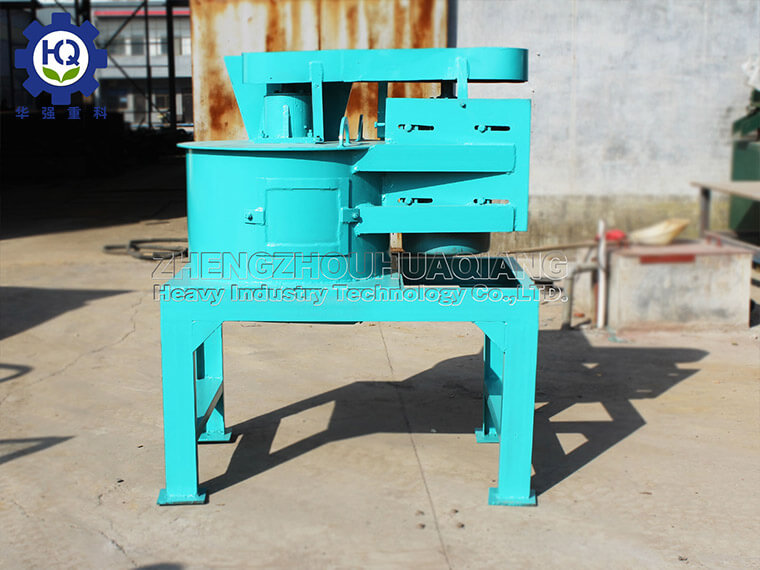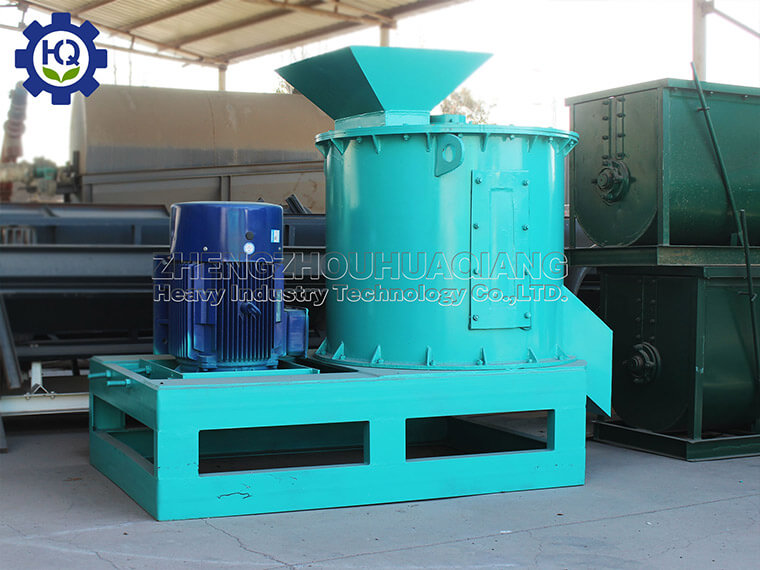NPK fertilizer production line mainly crushes the previously fermented organic fertilizer raw materials, then sieved, and then measures the raw materials and other compatible components of the adhesive. After further drying to produce powder organic fertilizers), the materials that are fully mixed are evenly delivered to the granulator to make granules through the belt conveyor.
The quality of the products produced by organic fertilizer equipment is not only related to the quality of the machine itself, but also affected by external factors. Today I will take you to understand the relevant content.
First of all, the control of water in the production process of organic fertilizer equipment is a key factor! Too dry make organic fertilizer difficult to play a role in actual production, prolong the action time, too wet is not conducive to storage and use. At the same time, moisture index and drying degree affect the survival of bacteria, and the molding drying system in the equipment is a better controller of these factors.
The second is the raw material formula, a good formula can ensure the number of effective bacteria, to provide more nutrients for crop growth. Therefore, the molding and drying system in the production line is to prevent these raw material formulations from being destroyed or changed due to production and processing, so as to ensure the quality of the product. Impact. The number of effective live bacteria in the organic fertilizer production line equipment, without enough effective bacteria, there is no biofertilizer. The molding and drying system of the organic fertilizer production line is the guarantee of the number of live bacteria.
.jpg)
.jpg)




.jpg)

